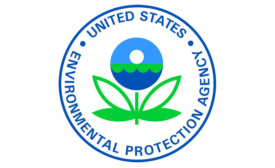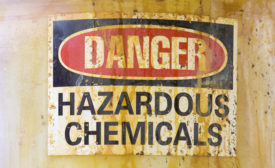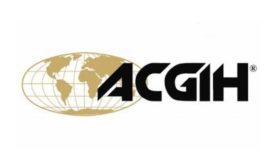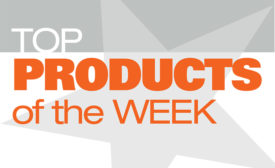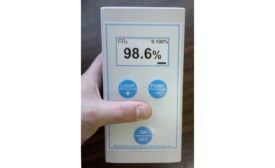Home » hazardous materials
Articles Tagged with ''hazardous materials''
Do you manufacture PPE that protects workers from fentanyl?
List your safety products in NIOSH database
February 6, 2019
From CEA Instruments, Inc.
New GD-888 now monitors all ranges of carbon dioxide
February 1, 2019
Never miss the latest news and trends driving the safety industry
eNewsletter | Website | eMagazine
JOIN TODAYCopyright ©2024. All Rights Reserved BNP Media.
Design, CMS, Hosting & Web Development :: ePublishing
